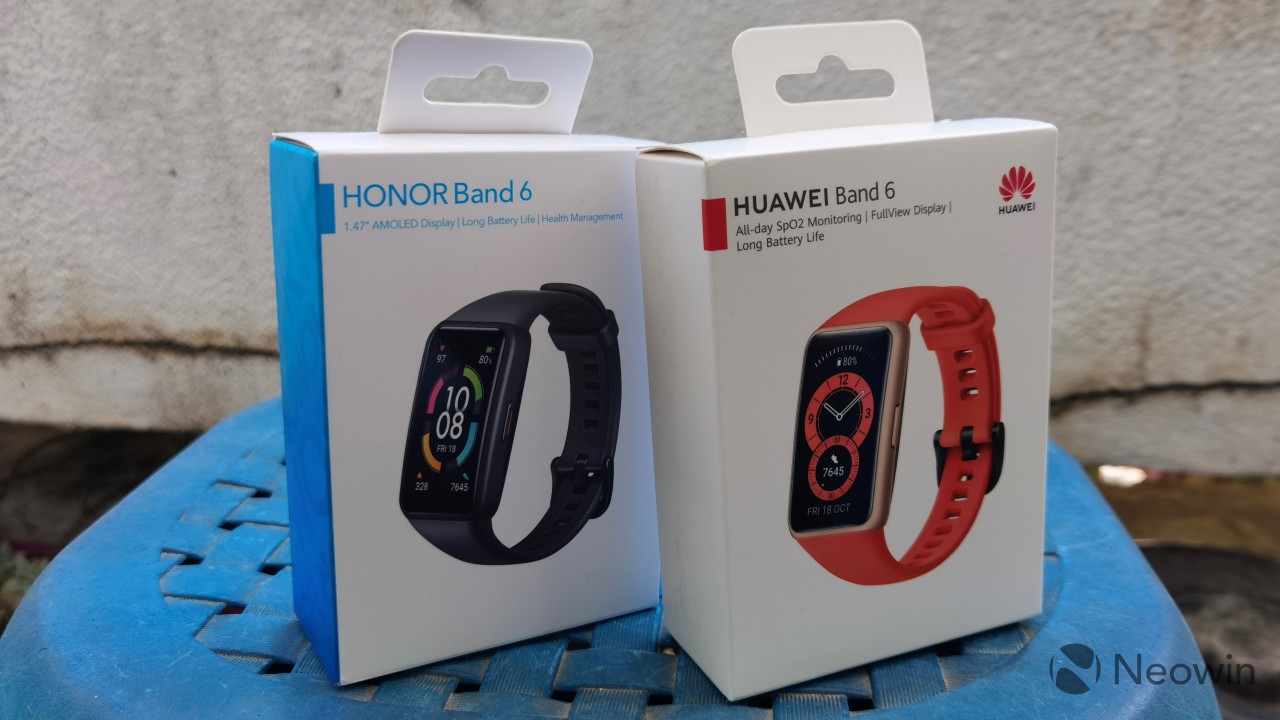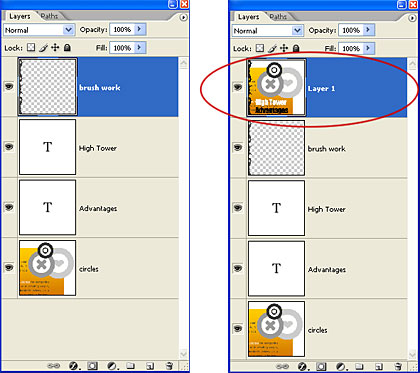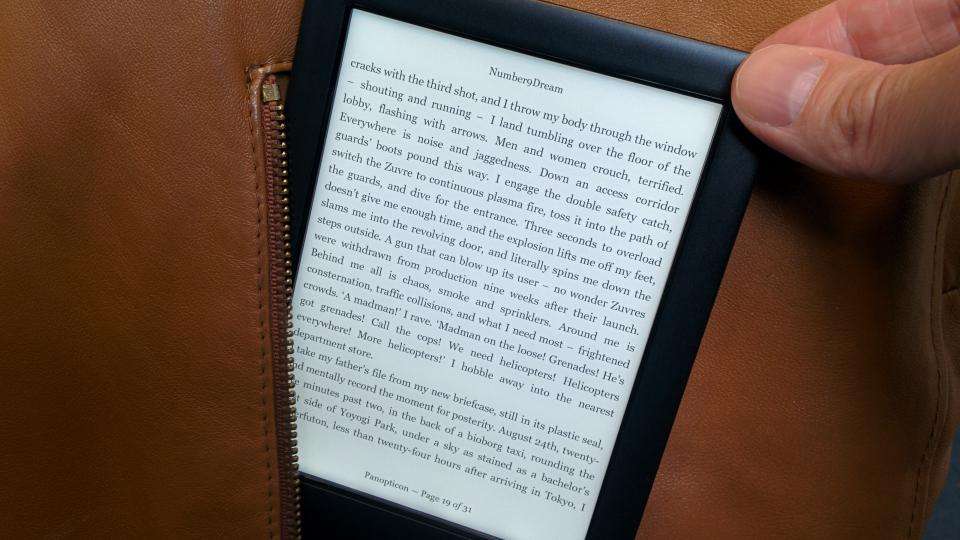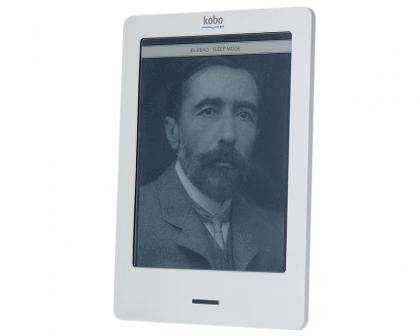Having a reliable and efficient network setup is essential for both personal and professional tasks. However, with the coexistence of older USB-A devices and newer USB-C technology, creating a seamless network can be challenging. In the discussion of usb a vs usb c, USB-A, with its widespread use in peripherals like keyboards, mice, and external hard drives, remains a staple in many setups. On the other hand, USB-C offers faster data transfer, high-speed charging, and universal compatibility, making it indispensable for modern devices. Integrating both USB-A and USB-C into your network ensures compatibility, efficiency, and future-proofing. In this article, we’ll explore how to combine these two USB types to create a fast, reliable, and versatile network for your home or office.
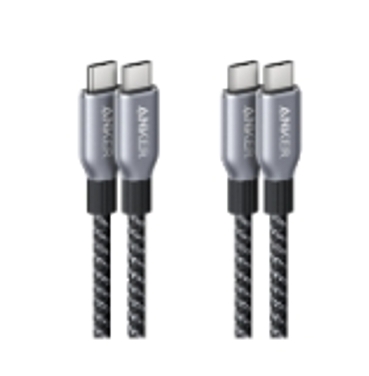
How Can I Connect Different Devices Seamlessly?
Using USB-A for Older Peripherals and Accessories
USB-A has been the standard for decades, and many older devices still rely on it. From printers and scanners to external hard drives and USB flash drives, USB-A remains a crucial part of many setups. For example, if you have an older printer at home or in the office, it likely uses a USB-A connection. Anker’s high-quality USB-A cables ensure that these devices continue to function reliably, even as newer technology emerges. By incorporating USB-A into your network, you can maintain compatibility with legacy devices without sacrificing performance. This is especially important for businesses or households with a mix of old and new equipment.
Leveraging USB-C for Newer, High-Speed Devices
USB-C is the future of connectivity, offering faster data transfer speeds, higher power delivery, and a reversible design. Modern laptops, smartphones, and tablets increasingly rely on USB-C for charging and data transfer. For instance, if you’re using a MacBook or a high-end Android phone, USB-C is likely your go-to port. Anker’s USB-C cables and adapters are designed to maximize the potential of these devices, ensuring fast charging and efficient data transfer. By integrating USB-C into your network, you can take advantage of its advanced capabilities while maintaining compatibility with older USB-A devices. This hybrid approach ensures that all your devices, regardless of age, work together seamlessly.
How Can I Improve Data Transfer and Access?
High-Speed Transfers with USB 3.2 and USB4
One of the most significant advantages of USB-C is its support for the latest USB standards, such as USB 3.2 and USB4. These standards offer data transfer speeds of up to 20 Gbps and 40 Gbps, respectively, making them ideal for tasks like transferring large files or backing up data. For example, if you’re a photographer transferring high-resolution images from your camera to your computer, USB-C can save you significant time compared to USB-A. Anker’s USB-C cables are designed to support these high-speed standards, ensuring that you get the most out of your devices. By incorporating USB-C into your network, you can significantly improve data transfer speeds and efficiency.
Efficient File Sharing and Device Syncing
In addition to faster speeds, USB-C also simplifies file sharing and device syncing. With USB-C, you can connect multiple devices, such as external hard drives, smartphones, and laptops, to a single hub or adapter. For instance, if you’re working on a project that requires frequent file transfers between your laptop and an external SSD, a USB-C hub can streamline the process. Anker’s USB-C hubs and adapters are designed to handle multiple connections simultaneously, ensuring efficient file sharing and syncing. This is particularly useful for professionals who need to manage large amounts of data across different devices. By leveraging USB-C’s capabilities, you can create a more efficient and organized network.
How Can I Streamline Charging and Power Supply?
Fast Charging with USB-C Power Delivery
USB-C’s Power Delivery (PD) technology is a game-changer for charging modern devices. With support for up to 100W of power, USB-C can charge laptops, tablets, and smartphones quickly and efficiently. For example, if you’re using an Anker USB-C PD charger, you can charge your MacBook Pro from 0% to 50% in just 30 minutes. This high-wattage charging capability is especially useful for professionals who need their devices ready to go at a moment’s notice. By incorporating USB-C into your network, you can ensure fast and reliable charging for all your devices.
Managing Power Supply for Multiple Devices Simultaneously
In a mixed USB-A and USB-C setup, managing power supply for multiple devices can be challenging. USB-C hubs and adapters can help streamline this process by providing multiple ports for charging and data transfer. For instance, if you’re working from home and need to charge your laptop, smartphone, and tablet simultaneously, a USB-C hub with multiple ports can simplify your setup. Anker’s USB-C hubs are designed to handle multiple devices at once, ensuring efficient power management and reducing clutter. By integrating USB-C hubs into your network, you can create a more organized and efficient workspace.
How Can I Build a Network Ready for Growth?
Investing in USB-C Hubs and Adapters for Flexibility
As technology continues to evolve, investing in USB-C hubs and adapters is a smart way to future-proof your network. These devices provide additional ports for connecting peripherals, external storage, and displays, ensuring compatibility with a wide range of devices. For example, if you’re using a laptop with limited ports, a USB-C hub can expand your connectivity options, allowing you to connect multiple devices simultaneously. Anker’s USB-C hubs and adapters are designed to provide maximum flexibility, ensuring that your network can grow and adapt to new technology. By investing in USB-C hubs, you can create a versatile and future-proof network.
Ensuring Backward Compatibility with USB-A Ports
While USB-C is the future, USB-A remains an essential part of many setups. Ensuring backward compatibility with USB-A ports is crucial for maintaining connectivity with older devices. For instance, if you have an older external hard drive or printer that uses USB-A, a USB-C hub with USB-A ports can ensure seamless integration. Anker’s USB-C hubs and adapters are designed to support both USB-A and USB-C devices, ensuring compatibility across your network. By incorporating USB-A ports into your setup, you can create a balanced and versatile network that meets your current and future needs.

Conclusion
Integrating USB-A and USB-C into your network offers the best of both worlds, ensuring compatibility, efficiency, and future-proofing. USB-A remains essential for older devices, while USB-C provides faster data transfer, high-speed charging, and universal compatibility for modern technology. By using high-quality products like Anker’s USB-A and USB-C cables, hubs, and adapters, you can create a fast, reliable, and versatile network for your home or office. Whether you’re transferring large files, charging multiple devices, or connecting peripherals, a balanced USB-A and USB-C setup ensures that all your devices work together seamlessly. In a world where technology is constantly evolving, this hybrid approach is the key to staying connected and productive.

